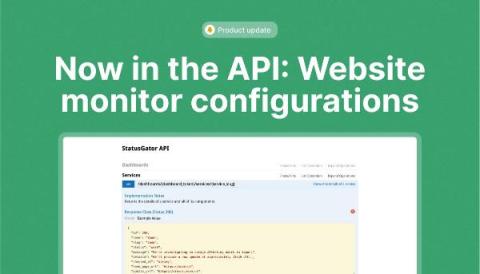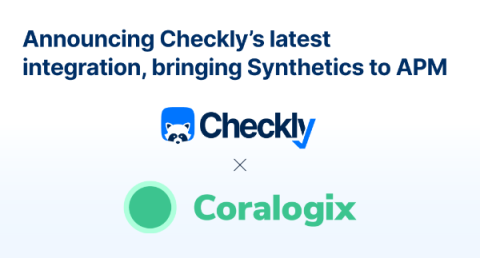API Monitoring
API monitoring is crucial for the health of your digital services. This article goes straight to the heart of it, addressing the tools, strategies, and metrics essential in spotting and solving API issues quickly. Learn to maintain and enhance the performance of your APIs, prevent downtime, and improve user experiences through effective monitoring techniques.











